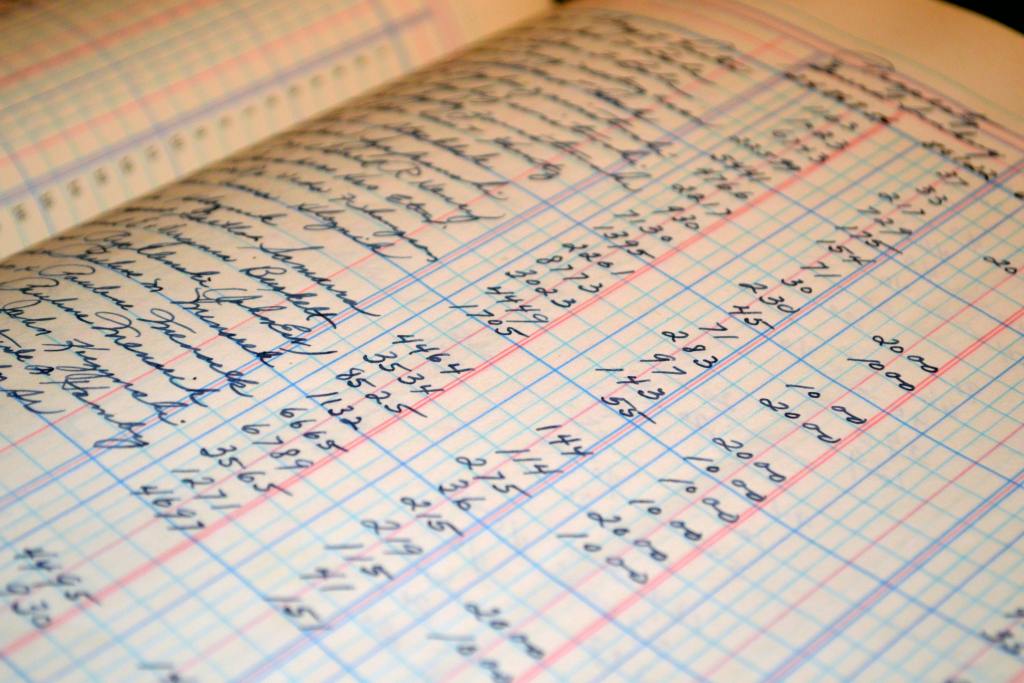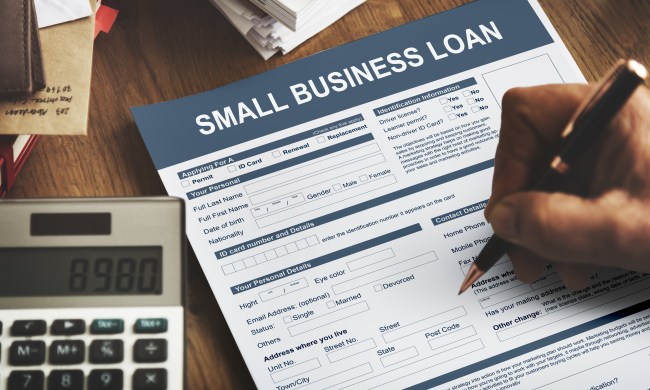To ensure everyone has the same understanding, you need to know that a cash flow statement breaks down all the different kinds of inflows and outflows of cash that your business experiences. When you need to understand where your company is earning or spending money, your cash flow statement can give you invaluable insight into your overall financials. Plus, you can sometimes spot trends, which can potentially increase your ability to make better decisions and use your money more effectively.
To help you understand what goes in an accurate cash flow statement and more, we gathered the information below to show you how to figure cash flow the right way.

What is the indirect method for preparing a cash flow statement?
The indirect method for putting together a cash flow statement is one that starts with the income statement’s net profit. It’s adjusted for non-cash items like depreciation. The overall technique is based on accrual accounting. Many consider it to be the best method, in general, because most companies use accrual accounting in their bookkeeping process.
An alternative technique is the direct method for preparing a cash flow statement. It lists inflows and outflows of cash as they happen. The direct method is founded on cash accounting. Even though most companies use accrual accounting, The Financial Accounting Standards Board (FASB) prefers that businesses use the direct method.
The relationship between cash flow statement and the balance sheet
The total amount of money available to your company as calculated on your cash flow statement should be reflected by your cash account on the balance sheet. There are five items, which could cause variations between what’s shown on your balance sheet and your cash flow statement. When that occurs, you’ll need to make adjustments.
Your cash flow statement should reflect the following five items:
Securities transactions and dividends
If your company issues common stocks or bonds, that fact must be shown on your cash flow statement as an increase in your cash account. On the other hand, if you pay off debt or buy back stocks, you should be reflected as a decrease in the cash account. Additionally, if you pay dividends to your stockholders, then overall cash is reduced.
Investments
If you invest in short-term financial investments or fixed assets, then your cash account goes down. On the flip side, if you sell off fixed assets or short-term investments, your cash account increases. You should show these changes on your cash flow statement.
Changes in working capital
The current assets of your business are your working capital. When your assets increase, your cash decreases and vice versa. Additionally, cash decreases when liabilities decrease and vice versa. These changes should also be reflected in your cash flow statement.
Non-cash adjustments to net income
Remember to add back non-cash expenses like amortization and depreciation when calculating cash flow.
Net income before preferred dividends
Net income is almost always more than just cash in the bank. For example, net income could be lower if you’ve issued preferred stock because you have to pay out dividends.
Again, you should reflect all five of the items listed above in your cash flow statement.
How to prepare a cash flow statement
As you’ve gathered by now, your cash flow statement contains information concerning the cash coming into and out of your business. It also lists what you’re using the money for. Three main sections make up your cash flow statement. They cover the financial activity that occurred over a specific reporting period.
Those three sections are:
- Cash flow from operating activities
- Cash flow from investing activities; and
- Cash flow from financing activities
Now, keep in mind that your cash flow statement is part of a set of financial documents. Two documents that usually accompany a cash flow statement are the balance sheet (as noted above) and your income statement.

In conclusion
For your business to be successful, you must know how to prepare a cash flow statement. By crafting one correctly, you can help employees in accounting and finance, stakeholders, and investors better understand your business’s finances.
For that to happen, you must be able to figure cash flow correctly. There are many resources, such as cash flow templates, you can find online to help you start putting together your own.
However, what do you do once you’ve finished your cash flow statement? The answer is that you can use it in a few different ways and present it to multiple types of interested parties. Remember that you can use it yourself to gain a better understanding of your company’s finances. However, it’s also a necessity to have on hand when speaking with stakeholders and investors.


